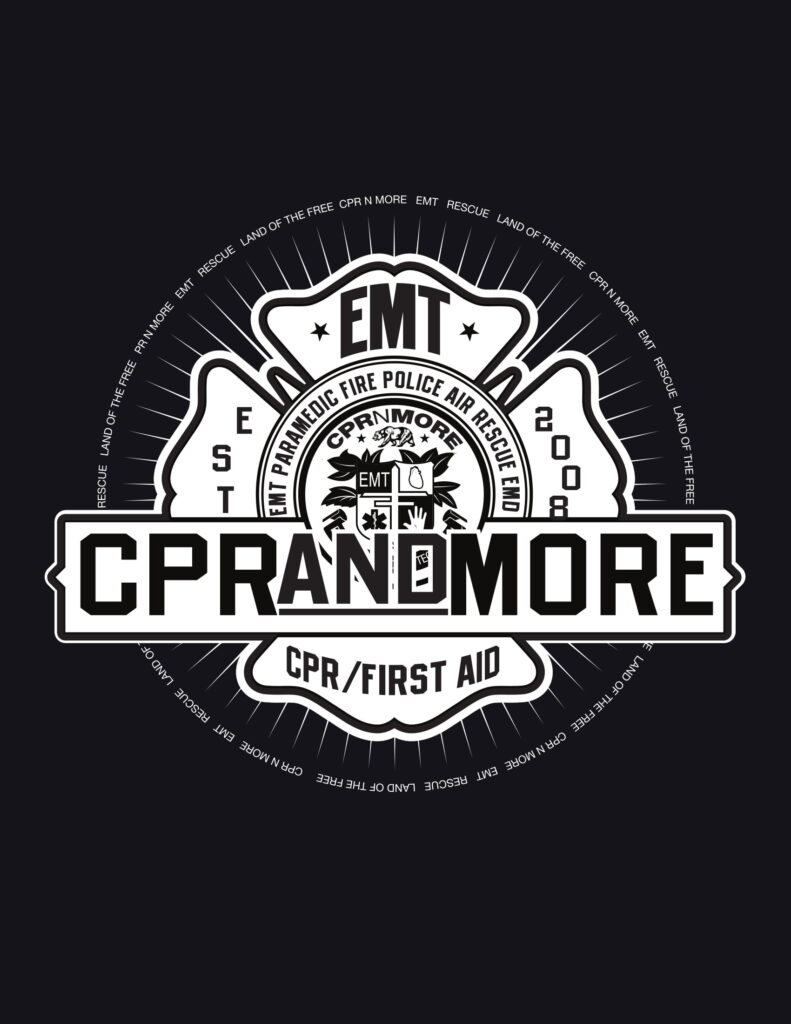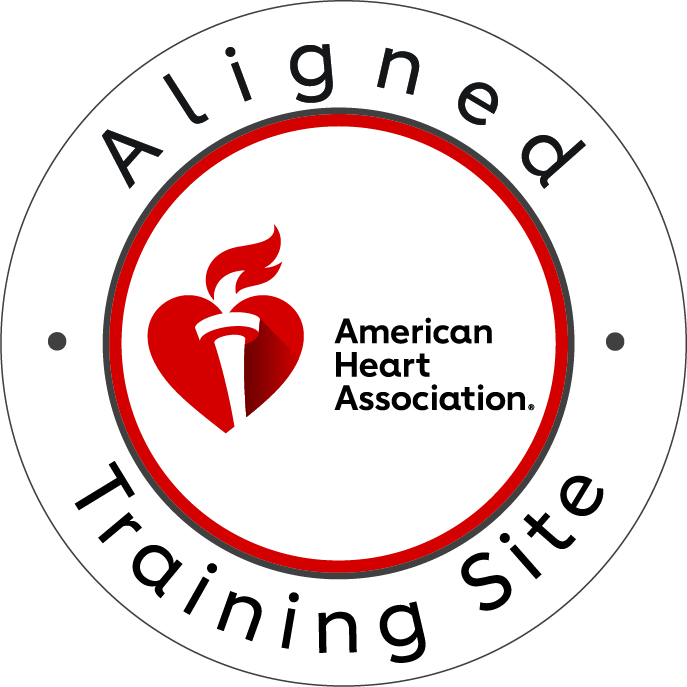Below is a link to the youtube video discussing AHA’s response to Covid 19. Also, below that is a transcript of the video.
Well we’re here at the end of sessions and I’m here with Dr. Manesh Patel, our Vice Chair for Sessions. Manesh, congratulations on completing really successful meetings and thanks so much for all the work you put in. – No, thanks to you. – Well, there’s no question that the major event that changed this year sessions into a virtual event was, of course, COVID-19. And we couldn’t ignore it, of course, in the programming this year. Manesh, we put together five really, really exciting sessions. I’ll highlight a few of them here now. I’ll highlight, in particular, there was that nice global session where we heard from six of our sister societies from across the globe about their experience in managing COVID-19. We had a great session understanding the particular cardiovascular manifestations of COVID-19 and the keynote address from, who else, Anthony Fauci. Can’t live without him in 2020. That was a great session. But I want to really focus and maybe drill down on the AHA-funded research that we were able to present in two different sessions here during the meetings. And the Friday night session, looking at the AHA’s rapid response grants, 16 different projects, over two and a half million dollars of investment. And here we are, less than six months later, already seeing results from some of those. What did you see with some of those projects that you thought was exciting? – Well, Don, thanks. And I, like you, I mean, it’s been an unimaginable year for everyone. And so we were really amazed by the fact that the American Heart Association, which is really a scientific organization, was still able to give out a $100 million in grants this year and gave out $1.6 to $2 million of what I’ll call “rapid response grants” starting in April and May that led to Mina Chung, who’s the coordinating center person from Cleveland Clinic talked about 16 such projects in such breadth and width, and sort of Friday night lights at the AHA if you like, the bright lights about what can happen. And it really was surprising. I mean, I thought about that in the sense of what the AHA is able to do. Going from the cell to the population management and sort of the four projects that sort of struck me at the cellular level, we were looking to understand how is SARS-CoV-2 affecting the myocardium and Mike Bristow doing an endomyocardial biopsy study, using the tissue to say, “What are we going to do?” That’s really starting the process. And then going from there to, “What about thrombosis?” “What’s happening in the vasculature?” Jane Friedman looking at really the platelet side, but thinking about the thrombotic nature of what’s happening in some of these patients. And then Joe Loscalzo and a group doing a sort of the Insilico, finding other types of therapeutics that we could repurpose for this. And finally, ending with Michelle Albert, who is a Black women’s study, thinking about how at the population level and the disproportionate effect on groups. So those are just four of the 16, but it gives you a sense of how the grants were aimed from, sort of, what I’ll just say, the tissue all the way to the population. So really amazing. And I guess Don, I’ll kick it back to you. You know the AHA, Get With The Guidelines work, that was also rapidly changing. What would you say were some of the highlights from some of those presentations? Which already now has data from so many thousands of patients, unfortunately, across the United States with COVID? – Yeah, yeah, I don’t know. Your point’s really great, Manesh, in addition to pivoting rapidly and funding discovery science about the mechanisms and the care for these critically ill patients, you know, again, AHA volunteers and AHA make things happen. And this is a great story, actually. James de Lemos and colleagues from UT Southwestern called up Nancy Brown, the CEO, said, “We need to leverage our Get With The Guidelines platform that we use for MI care, for stroke care, for heart failure care, how about for COVID care?” Literally in less than a week, that’s approved, it’s funded, it’s moving forward. And within two weeks after that, the first patients were being enrolled. Now over 160 hospitals across the country enrolling these patients. Almost 20,000 already under observation during their hospitalization for COVID-19. Lots of rich data already being generated. I saw a couple of presentations in that session that really caught my eye. James kind of gave us the overview, but very consistently showing about a 20% mortality rate for patients hospitalized with COVID, and interestingly, lower than expected rates of cardiovascular complications, perhaps reassuringly. And I think he gave us a nice, some nice insights into that. A little bit less than the proponent leaks, a little bit less of the myocarditis than we had originally feared, and a little bit less of the thrombotic complications as well. But too, I think, the deep dive studies that took us a little bit deeper also were very, very important. One, understanding the race, ethnic disparities in COVID outcomes. This is really important. They found that lower socioeconomic status, lower education were really what was driving the poor outcomes in those race, ethnic groups, particularly Black and Hispanic populations. And once patients were in the hospital, the outcomes were the same. The problem was that the Black and Hispanic patients were presenting in greater volume because of worse exposures. Perhaps they were sicker by the time they hit the hospital, and they were certainly hitting the hospital in larger numbers. But again, once under care in the hospital, no difference in outcome rates and mortality rates by race, ethnic groups. So we need to do, we need to work upstream and really protect people much better out there in the community. Because we seem to be doing, you know, at least as good a job as we can for everyone once they hit the hospital. The other thing, confirmation of the important risk factors for severe infection: age, a little bit sex, definitely high BMI. That’s really coming to the fore, I think, as an risk factor for severe infection. So we need to take special care of those patients and make sure that they’re not progressing. So wonderful to see AHA kind of involved in creating the science and the outcomes research that will help drive care. – Yeah, I think really important messages, and certainly speaks to places where we can do more. And then, at least hopefully, it also helps us understand places where we can continue to do what we’re doing and advance the care. So I don’t want to say comforting, but helpful to see the data that as, unfortunately, with so many lives, but saying that we’re trying to do well, a lot of upstream public health that needs to be done, as you’ve highlighted. Again, thanks, Don. Hopefully our audience got a sense of all the work the AHA is doing for COVID and others, but certainly in this time. And I think COVID is one of those that I think the entire world is working on.


